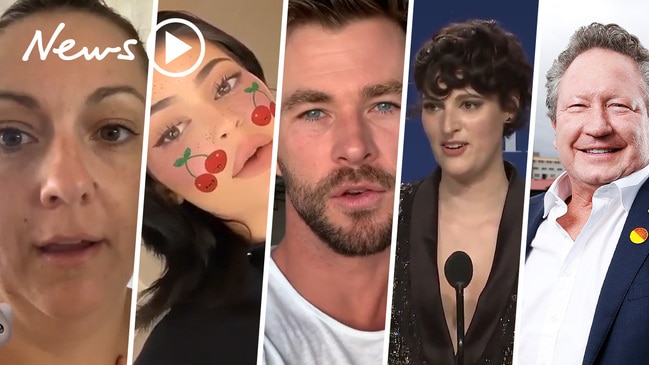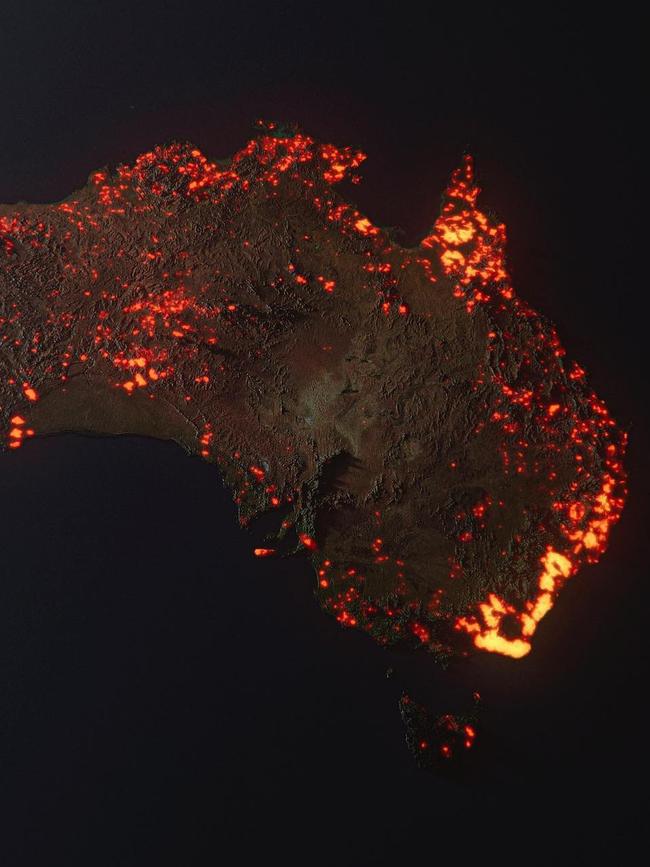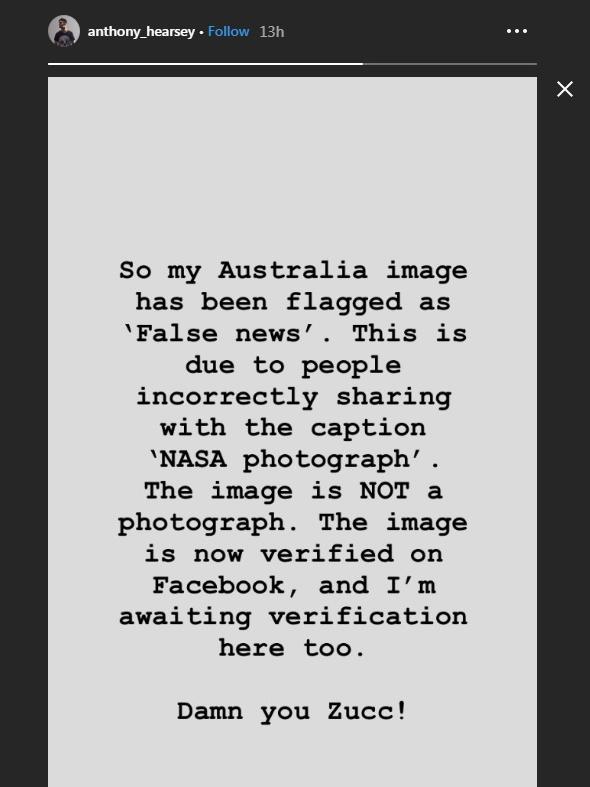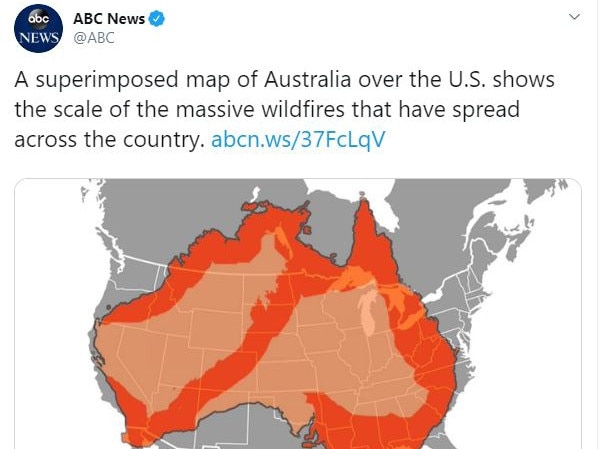From digitally enhanced photos to misleading videos: How to spot fake bushfire news
As the number of fake bushfire videos and pictures being shared online soar, social media users are being urged to think twice about what they post.

National
Don't miss out on the headlines from National. Followed categories will be added to My News.
Do not believe everything your friends and family re-share on social media.
That is the message from Storyful Australia editor Stephanie Hunt, whose team debunks misinformation, videos and pictures posted on platforms worldwide.
Ms Hunt’s advice comes as misinformation – images and video claiming to be of the Australian bushfire crisis – soared in online circulation the past week.
These include the Holmes family seeking refuge from bushfire under a bridge in water at Dunalley, Tasmania; a woman hugging a kangaroo she “saved”; and a child hoisting a koala to safety, while flames engulf the bushland behind her.
I just love this so much. https://t.co/hY16ln7SAD
— Angie Lassman (@AngieNBC6) January 7, 2020
Although captivating, Ms Hunt said the images and video were either fake or misleading, and had been shared and liked more than 900,000 times online.
The Tasmanian family was pictured during another natural disaster in 2013; the woman is InStyle Magazine editor-in-chief Laura Brown at a Kangaroo Sanctuary; and the image of the child is digitally altered.
Other bogus content, misinterpreted and shared by thousands of social media users, include the collision of two fire trucks from 2015.
That was mistakenly shared by Nine Network’s Erin Molan and former NRL player Wendell Sailor without knowing, just like Anthony Hearsey’s 3D visualisation of the bushfires in Australia from NASA data from December 5, 2019, to January 5, 2020. It has been shared thousands of times.
The image, which is not a photograph, shows the areas affected by the natural disaster overtime, but was exaggerated and re-shared by online users with the caption ‘This is a NASA photograph’.


“Sometimes it can be really innocent – people can feel quite helpless and they want to feel like they’re doing something to spread the message about heartache surrounding the bushfires,” Ms Hunt said.
“Other times sharing images that aren’t quite right can be intentional and it’s really concerning.”
Ms Hunt added three key factors to consider when trying to debunk the authenticity of a post was the location, date and source of the image or video.
“Look to see if there is any mark in the background to locate it,” she said.
MORE NEWS
Trump says he ‘loves Australia’
Delta’s bushfire tribute shoots to number one
NRL to raise money for bushfire crisis
“Check the date – is it old or is it from the day. Are other people posting the same video from a different angle?
“Focus on the source – our team always wants to find out exactly who filmed the video and talk to them to get permission to share it.
“There’s a lot of misinformation around, especially when it comes to natural disasters or political events. It’s very easy to hit re-share without thinking ‘is this real?’ or ‘am I being duped?’.”

Ms Hunt said Storyful saw a lot of misinformation come from junk news sites and what appeared to be fake online accounts.
“We see a lot of tweets suggesting fires were the result of deliberate direct energy attacks or conspiracies around weather engineering projects causing the fires,” she said.
“These conspiracy theories tend to appear on the same page that seem to push extreme anti-immigration or anti-vaccines.
“The answer to why people create or purposely mislead and share these types of posts is really complex. There are many contributing factors – the more engagement a video has on it the more it will be seen, shared and have people think it’s real.”
Originally published as From digitally enhanced photos to misleading videos: How to spot fake bushfire news
